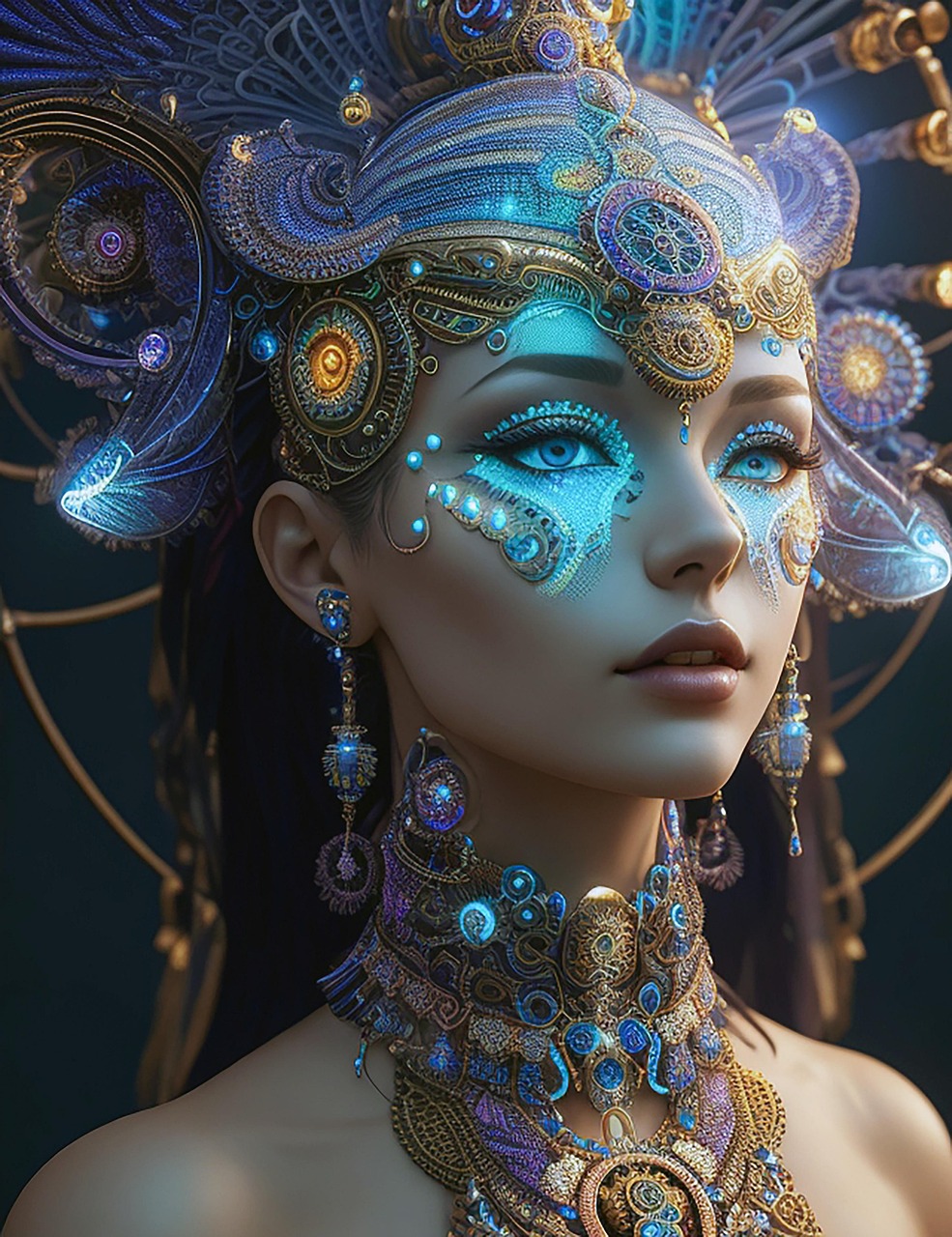
Artificial intelligence–generated images are transforming educational and research communication by turning complex ideas into accessible visuals. Platforms like DeepAI and Adobe Firefly can render 1024×1024-pixel images in under 10 seconds, providing educators with instant teaching visuals and enabling researchers to build visual abstracts with minimal design expertise.
Freepik’s AI Generator has achieved a 4.8/5 user rating from 97 verified reviews, reflecting strong adoption for educational and creative projects. Meanwhile, Bing Image Creator integrates GPT-4-powered diffusion models, supporting both static and animated visualization, and MagicStudio reports 1 million AI image generations per month, indicating mainstream academic relevance.
For educators and research teams, these quantitative indicators signal more than convenience—they represent a paradigm shift in visual literacy and science communication. Integrating AI-generated imagery into curricula can improve comprehension, support inclusive learning, and help students critically evaluate generative content. As seen in case reference: ai generated images, responsible use of such tools advances both creativity and ethical awareness in digital pedagogy.

